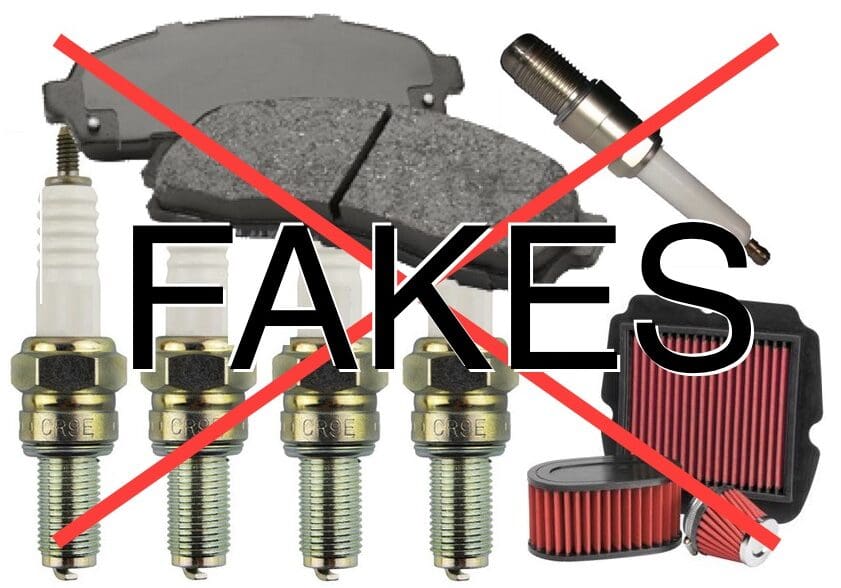(Sponsored post)
The biggest challenge when buying motorcycle spare parts is to determine whether the part is genuine or fake. There are two kinds of buyers; the one who always insists on buying genuine parts and those who prefer to buy duplicate parts as original parts are too expensive. However even the first type may end up buying duplicate parts supplied by an unscrupulous supplier if the spare parts are offered at a tempting discount.
Following these tips can help buyers pick the fake from the genuine.
-
Check the packaging
You should read the packaging carefully and check for bad spelling which can be a clue to fakes. Also, note whether the colour and design of the packaging is the same as others you have seen. Often packaging is copied, but the colours and design vary slightly.
-
Awkward language used
Many parts suppliers are in non-English-speaking countries so their manuals and technical documentation can include awkward English. However, the more awkward it is, the more likely it is to be fake.
-
Check the “Made in” labels
Check the country of manufacturing which is usually written in a small font. Use Google to find out if this country actually make these parts.
-
Asymmetry in parts
Look closely at the part and you may find some areas are not symmetrical, have rough welding or a shabby finish. These are likely to be fakes.
-
Designs and colours are different from original
Usually spare parts are made by a number of different companies and all of them may not use the same colour or pattern. However, fake arts manufacturers usually have duller colours. You can compare parts from online supplier sparepartstore24.co.uk with parts from other suppliers to check the differences.
-
Few labels, designs or identification marks may be missing
Generally fake parts will miss a few of the designs, labels or identification marks on genuine parts.
-
Check the date format
Most spare parts made in America feature the date of manufacturing in month, day and year, while other countries may use a different format. If the spare parts are supposed to made in USA, check whether the date stamp format is according to US standards.
-
Uncommon packaging
If genuine part suppliers have not informed of any changes in their product or packaging and the part you are considering buying is different, do not buy it.
-
Too much discount
Most suppliers offer discounts as a part of their marketing strategy, which is acceptable. However if the supplier is offering an unbelievable amount of discount then you should be alert. If it’s too good to be true, then it’s not true!
If you find any of the above problems with the part, then it is wise to reject it.



